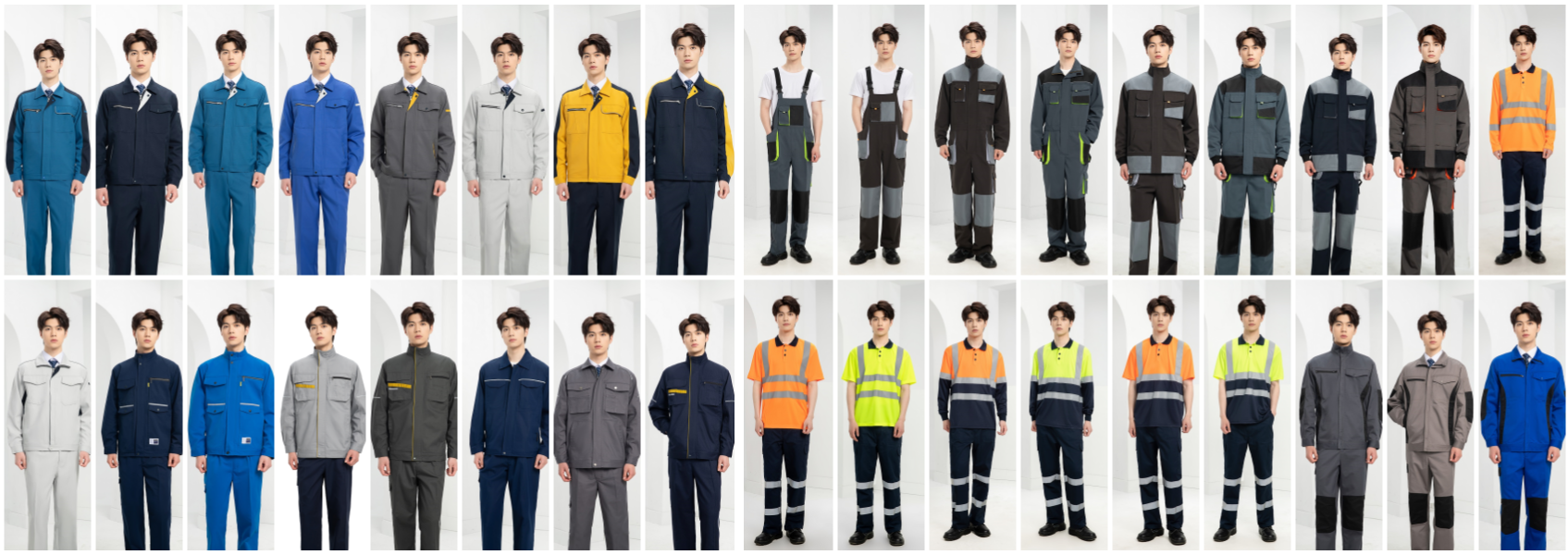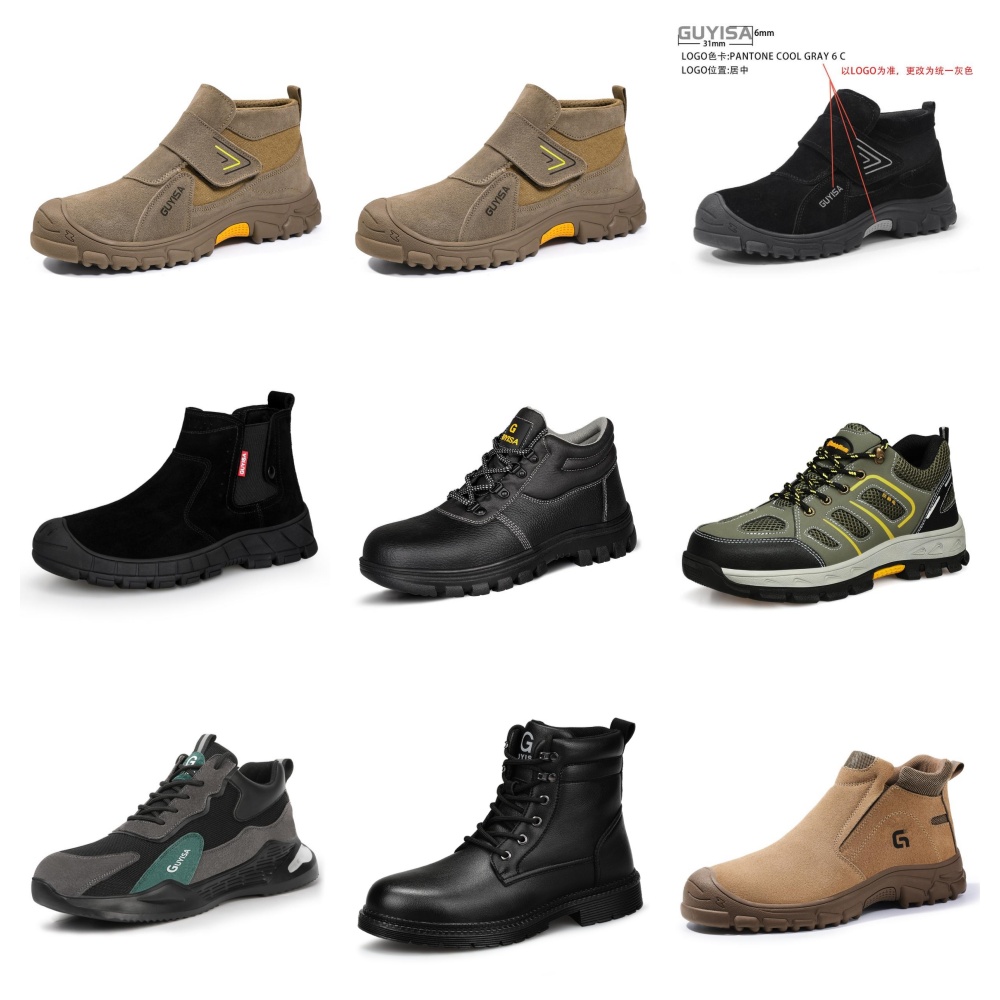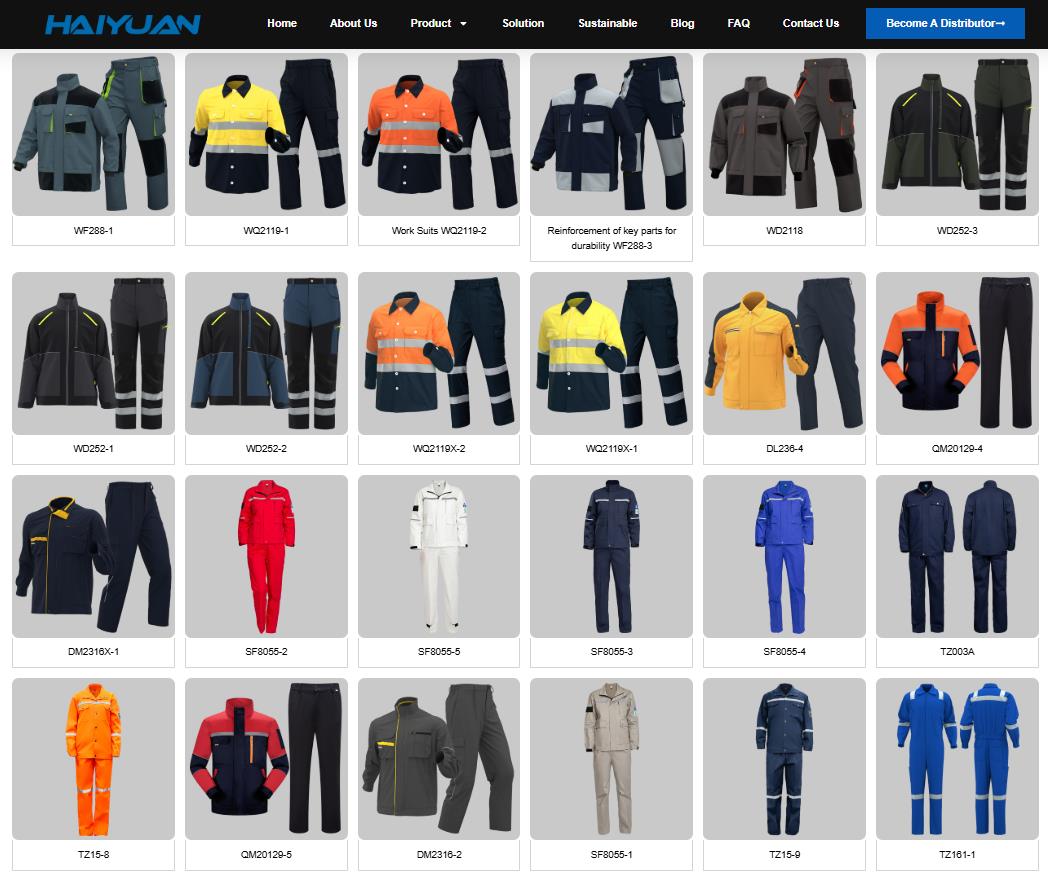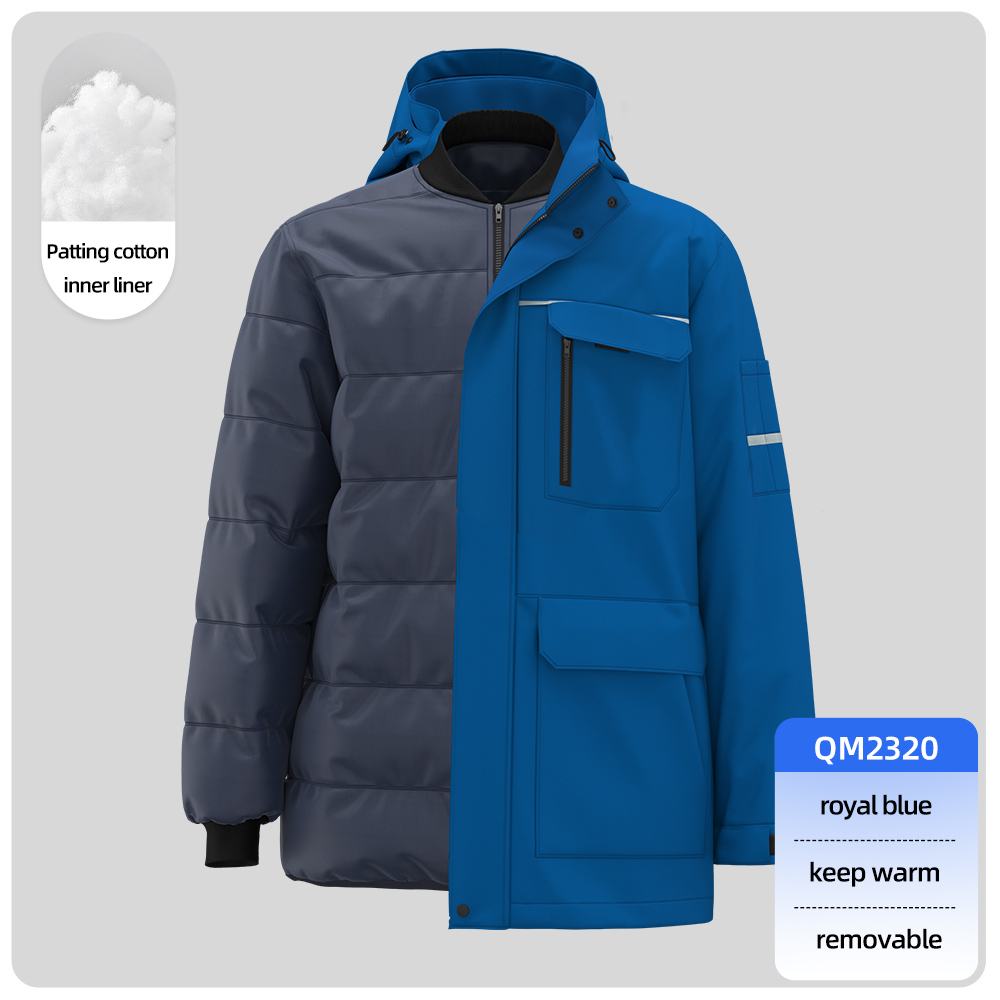The “best” work clothes for drilling workers are those that provide an exceptional balance of durability, safety, comfort, and functionality. Drilling is a tough job involving heavy machinery, abrasive materials, sharp edges, and often harsh weather.
Here’s a breakdown of what to look for, from top brands to key features.
Top-Rated Brands for Drilling Work Clothes
These brands are consistently trusted by workers in heavy industries like drilling, oil & gas, and mining.
-
Carhartt: The gold standard. Known for their legendary durability with rugged fabrics like their signature Firm Duck canvas and Sandstone fabric. Their jackets, bibs, and pants are built to last.
-
Dickies: A great value-for-money option. Dickies offers durable cotton and canvas workwear that stands up to tough conditions without breaking the bank. Their 874 Work Pant is an icon for a reason.
-
Hyys: Often chosen for company-provided uniforms. hyys® specializes in industrial workwear that is functional, professional-looking, and highly durable, with features like ripstop fabric and plenty of pockets.

polyester cotton labor workwear -
Wrangler Riggs Workwear: Designed specifically for rough work. Riggs pants often feature reinforced knees, durable fabric blends, and functional designs based on input from tradespeople.
-
Caterpillar (CAT): Leveraging their heritage in heavy machinery, CAT workwear is built for the toughest job sites. They offer excellent boots, pants, and jackets with a focus on safety and comfort.
-
Ariat: Known for boots, but their workwear line is also top-tier, especially for those who need durability and all-day comfort with features like FR (Flame-Resistant) options.
The Essential Drilling Worker Outfit: Key Features
1. Shirts & Jackets
-
Material: Look for thick cotton, canvas, or duck cloth. For environments with fire or spark risks, Flame-Resistant (FR) clothing is non-negotiable.
-
Fit: Snug but not tight. Loose clothing can get caught in rotating machinery (a major hazard on drill rigs). A professional, work-oriented fit is key.
-
Features:
-
Long Sleeves: Protect arms from sun, abrasions, and welding sparks.
-
Chest Pocket: With a button or Velcro closure to hold pens, small notebooks, or glasses.
-
Reinforced Stitching: Especially at stress points like shoulders and elbows.
-
Hi-Visibility: If working near traffic or in low-light conditions, ANSI-certified hi-vis shirts and jackets are essential.
-
2. Pants & Bib Overalls
-
Material: Heavy-duty canvas or duck cloth is the top choice. Ripstop fabric is excellent for preventing small tears from spreading.
-
Key Features:
-
Reinforced Knees: The most critical feature. Look for pants with double-layered knees and pockets for inserting knee pads. Your knees will thank you.
-
Multiple Pockets: Cargo pockets for tools, rule pockets, and secure back pockets for personal items.
-
Gusseted Crotch: Provides greater freedom of movement for climbing, bending, and kneeling.
-
Tool Loops: For hammers and other frequently used tools.
-
Bib Overalls: Excellent for colder weather and providing extra back protection and tool-carrying capacity.
-
3. Base Layers (Undershirts & Long Johns)
-
Material is everything. Avoid cotton, as it holds sweat and can make you cold.
-
Merino Wool or Synthetic Blends (Polyester, Polypropylene): These materials wick moisture away from your skin, keeping you dry and regulating body temperature in both hot and cold conditions.
4. Footwear: Safety Boots
This is arguably the most important piece of gear.
-
Safety Toe: ASTM F2413 compliant. Steel toe, composite toe, or alloy toe are all common. Composite is lighter and doesn’t conduct cold as much as steel.
-
Metatarsal Guard: Essential for drilling, where heavy pipes, tools, or equipment can fall on your foot. This protects the delicate bones on the top of your foot.
-
Outsole: A heavy-duty, oil- and slip-resistant outsole like Vibram is a great choice.
-
Waterproofing: Gore-Tex or similar membranes are crucial for working in wet conditions or mud.
-
Electrical Hazard (EH) Rating: Provides a secondary layer of protection against open electrical circuits.
-
Ankle Support: A 6″ or 8″ boot provides crucial ankle support on uneven ground.

safety footwear
5. Headwear & Handwear
-
Hard Hat: Mandatory on any drilling site. Must be ANSI/ISEA rated.
-
Beanies & Liners: For cold weather, wear a thin, synthetic beanie under your hard hat.
-
Work Gloves: The specific type depends on the task:
-
Mechanix-style gloves: For general tool handling and dexterity.
-
Leather Palm Gloves: For handling rough materials like drill pipe and cable.
-
Impact Gloves: If using heavy tools like jackhammers.
-
Waterproof Gloves: For wet conditions.
-
Quick Checklist for Choosing the Best Drilling Work Clothes
-
Durable Fabric: Is it thick canvas, duck, or ripstop?
-
Reinforced Knees: Are there double layers and knee pad pockets?
-
Secure Fit: Is it snug enough to avoid catching on machinery?
-
FR Rating: Is Flame-Resistant clothing required for my job site?
-
Pockets & Loops: Does it have the storage I need for my tools?
-
Safety Toe Boots: Do my boots have the correct safety rating (including metatarsal guard if needed)?
-
Weather Appropriate: Am I layered correctly for the temperature (moisture-wicking base, insulating mid, durable outer layer)?
Final Pro Tip: Always check with your company’s specific safety policy. They will often have mandatory requirements for FR clothing, hi-vis elements, and other PPE that must be followed above all else.





